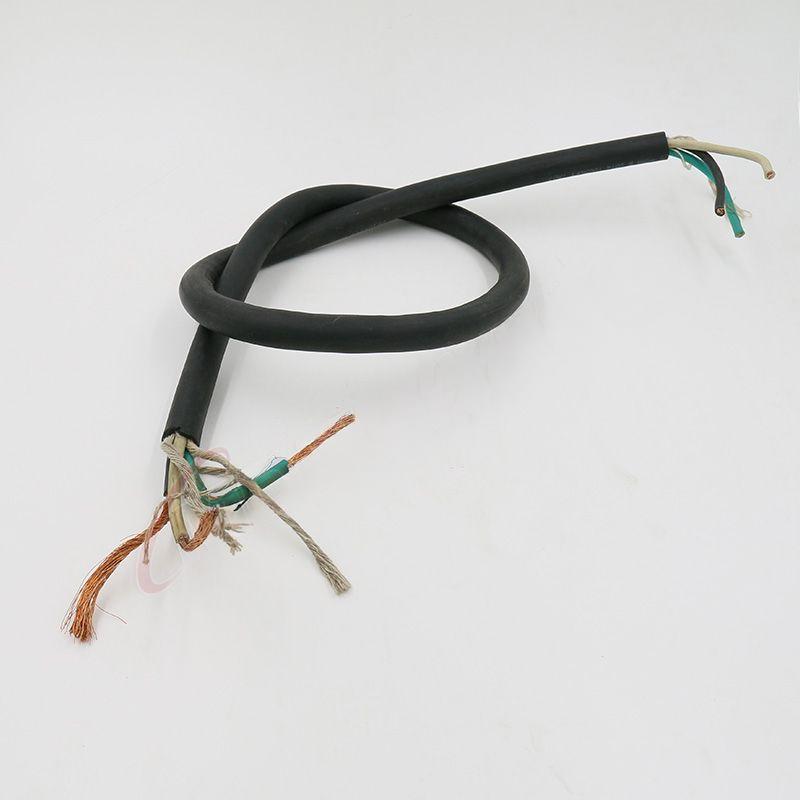10 月 . 21, 2024 14:26 Back to list
types of electric cable wire
Types of Electric Cable Wire
Electric cables are essential for the transmission of electricity and data in various applications. Understanding the different types of electric cable wire is crucial for selecting the right type for specific projects, whether residential, commercial or industrial. Here, we will explore some of the most common types of electric cables and their applications.
1. Non-Metallic Sheathed Cable (NM Cable)
Also known as Romex, NM cable is widely used in residential wiring. It consists of two or more insulated conductors and a grounding wire, all encased in a plastic sheath. This type of cable is common for general lighting and power outlets because it is easy to work with and relatively inexpensive. However, NM cable should not be used in damp locations.
2. Armored Cable (AC)
Armored cable features a steel or aluminum armor that provides physical protection against impact and puncture. This type of cable is often used in commercial settings or areas where the wiring may be exposed to damage. The armor is bonded to the grounding wire to ensure safety. AC cable is suitable for both indoor and outdoor use but is more expensive than NM cable.
3. Underground Feeder (UF) Cable
UF cable is designed for underground use and can be buried directly in the ground without requiring additional conduit. It is also moisture-resistant and can withstand harsh environments. UF cable is often used for outdoor lighting, landscaping, and submersible pumps. This cable type is typically designed with a thicker insulation layer to protect against water and soil corrosion.
types of electric cable wire

4. Coaxial Cable
Coaxial cable is widely used for transmitting television, internet, and audio signals. It consists of a central conductor, an insulating layer, a metallic shield, and an outer insulating layer. The shield protects the signal from electromagnetic interference, making coaxial cable ideal for long-distance transmission of data and video.
5. Fiber Optic Cable
Fiber optic cables are designed to transmit data as light signals, offering high-speed communication over long distances. They consist of glass or plastic fibers surrounded by a protective coating and a rigid outer layer. Fiber optic cables are widely used in telecommunications and networking applications due to their ability to transmit large amounts of data with minimal signal loss and interference.
6. Silicone Rubber Cable
For high-temperature applications, silicone rubber cables are preferred due to their excellent heat resistance and flexibility. These cables are often used in industrial environments, in electric vehicles, and in equipment subjected to extreme conditions.
Conclusion
Choosing the right type of electric cable wire is vital for ensuring the safety and efficiency of electrical installations. Each type of cable has its own unique properties and applications, making it essential to evaluate the specific needs of a project before making a decision. By understanding these different types, you can ensure that you select the most appropriate cable for your needs.
Share
-
Understanding the Differences Between Wafer Type Butterfly Valve and Lugged Butterfly ValveNewsOct.25,2024
-
The Efficiency of Wafer Type Butterfly Valve and Lugged Butterfly ValveNewsOct.25,2024
-
The Ultimate Guide to Industrial Swing Check Valve: Performance, Installation, and MaintenanceNewsOct.25,2024
-
Superior Performance with Industrial Swing Check Valve: The Essential Valve for Any SystemNewsOct.25,2024
-
Industrial Swing Check Valve: The Ideal Solution for Flow ControlNewsOct.25,2024
-
You Need to Know About Industrial Swing Check Valve: Functionality, Scope, and PerformanceNewsOct.25,2024